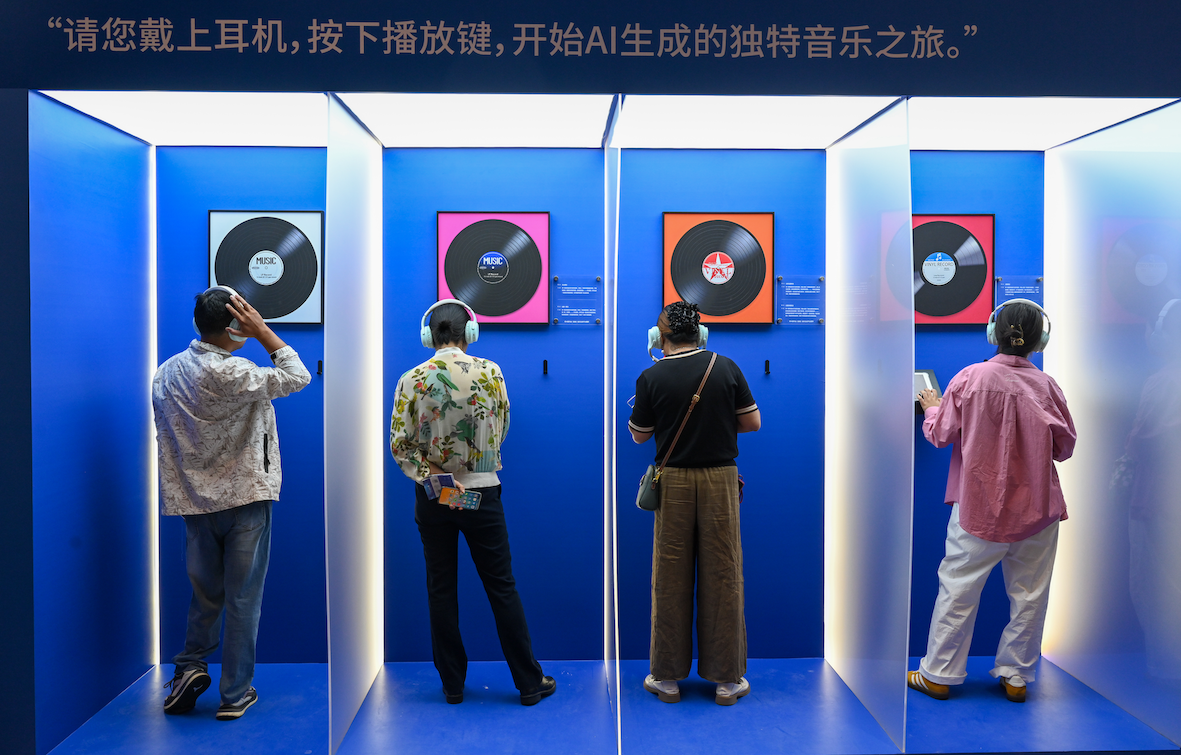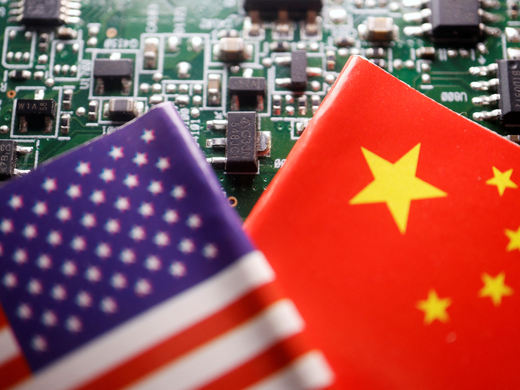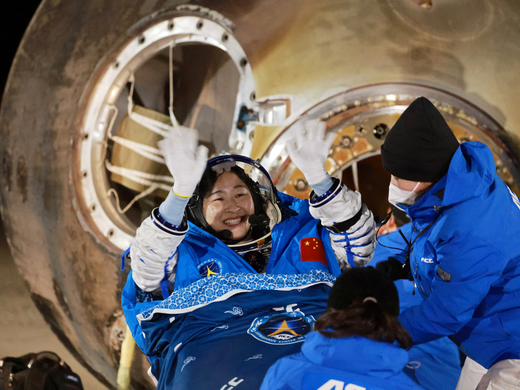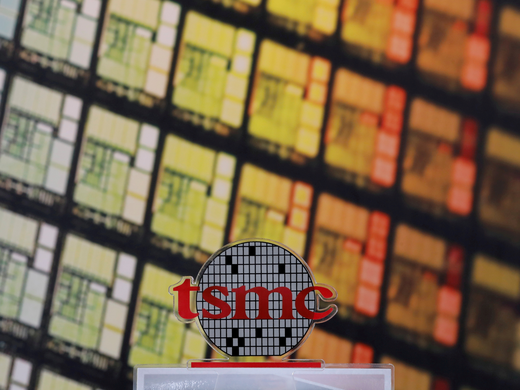China is far ahead of the United States and other countries in terms of generative artificial intelligence (AI) patent applications, according to the Patent Landscape Report issued by the UN World Intellectual Property Organization (WIPO) in July 2024. This raises the question: Could this be a game changer in the ongoing global AI arms race? Or is it simply an extension of China’s “quantity first” patent strategy into a new domain?
The answer hinges on the quality of these generative AI patents — specifically, how many patent filings will be granted and commercialized into real-world applications, and whether they will have domestic or international relevance. Much also depends on whether these patents will be critically useful to the current technological trajectory of AI development, which is based on transformer neural network (deep learning) architecture and relies on the enormous computing power and high-quality data needed to train generative AI models.
Since 2011, China has become the world leader in patent applications. It has been a global patent power since 2019, as measured by the number of internationally filed patents under the Patent Cooperation Treaty (PCT) administrated by WIPO. However, the impressive figures do not necessarily position China at the forefront of technological and industrial development. Leading in patent applications does not automatically translate into being the global leader in technology and innovation.
Indeed, China’s patent strategy and related evaluation mechanisms have historically emphasized the number of applications, often at the expense of patent quality. This politically motivated, award-oriented patent policy is deeply entrenched in China’s institutions and unlikely to change easily. Nevertheless, several new developments warrant consideration when assessing the quality of Chinese generative AI patents.
First, the private sector — represented by major tech companies such as Tencent, Baidu, Alibaba and
Huawei — has become a significant driver of the increase in China’s generative AI patent applications, particularly in subdomains such as computer vision, natural language processing and AI models.
Second, there have been positive trends in key factors that determine patent quality, including the grant ratio and commercialization rate. In 2023, the patent grant ratio for Chinese patent applications was 55 percent (calculated based on WIPO’s 2023 country profile for China), marking an increase of 25 percent, compared to 30 percent in 2019, and indicating a fourth consecutive year of double-digit growth. The commercialization rate for Chinese enterprises, particularly in high-tech sectors, has also seen notable improvement, as reported in the 2023 China Patent Research Report.
One reason the quality of China’s generative AI patents may be generally better than most of its patents is that generative AI is an emerging technological field, with substantial contributions from major private tech firms such as Tencent, Baidu, Alibaba, ByteDance and Huawei. Additionally, reputable state-owned companies, such as Ping An Insurance and State Grid, along with universities and institutions, including the Chinese Academy of Sciences, Tsinghua University and Zhejiang University, have also made significant contributions. In other words, the uptick in patent applications is largely driven by genuine innovative research and development (R&D) in a frontier area, aimed at profit and technological catch-up, which minimizes the likelihood of spurious or low-value patent applications motivated by political incentives.
However, challenges akin to those affecting other types of patents in China persist in the field of generative AI.
While the quality of Chinese patents has improved — particularly the quick increase in the overall grant ratio and the observable improvement in the commercialization rate in the computer, software and ICT fields — the overall low-quality status remains largely unchanged.
Key factors determining patent quality — including grant ratio (which is the ratio of the actual number of patents being granted against that of applications; a granted patent affirms that an invention meets all criteria for a patent and is novel, non-obvious and useful) and international scope (the geographical area in which a patent is filed, granted and legally protected) — still present problems. The WIPO Patent Landscape Report on generative AI does not provide details on how many generative AI patents have been granted. But, according to the Technical Analysis Report on New Generation AI Patents released by the Ministry of Industry and Information of China in April 2024, the grant ratio of China’s new generation AI patents is approximately
32 percent, with Baidu at 45 percent, Huawei at 24 percent, Tencent at 30 percent, Alibaba at 25 percent and Ping An at 22 percent.
These numbers are not particularly impressive, compared with a general patent grant ratio of 55 percent in China in 2023, which is still lower than the patent grant ratios that year in major developed economies such as Canada (77 percent), France (65 percent), Italy (87 percent) and Japan (70 percent ) (calculations based on WIPO’s “Statistical Country Profiles”).
When considering the international scope of patents, the ratio of Chinese patent filings abroad remains low, at only 7.3 percent, which is only a slight increase from 6.3 percent in 2019. (The international scope of a patent can be gauged by the number of PCT applications filed by Chinese companies.) According to the WIPO Patent Landscape Report on generative AI, there have been 7,700 patent filings under the PCT and 3,100 patent filings under the European Patent Convention over the past decade.
Compared with a total of 38,000 Chinese filings, this roughly translates to 2,926 generative AI patents filed abroad (38,000 times 7.7 percent equals 2,926), accounting for 27 percent (2,926 divided by the sum of 7,700 plus 3,100) of total generative AI patents filed internationally. This indicates that most Chinese generative AI patents are only applied for and protected within China, limiting their applicability in overseas markets.
All things considered, therefore, while the quality of Chinese patents has improved — particularly the quick increase in the overall grant ratio and the observable improvement in the commercialization rate in the computer, software and ICT fields — the overall low-quality status remains largely unchanged.
Whether China’s enormous lead on generative AI patent applications will prove to be a game changer in the global AI arms race depends significantly on the future direction of the AI industry worldwide. Currently, generative AI, exemplified by ChatGPT-like large language models (LLMs) and other foundational AI models such as OpenAI’s Sora, is viewed as the pathway to future artificial general intelligence (AGI). OpenAI and other major US companies such as Google, Meta and Microsoft are leading the R&D of AGI and the industrial revolution spurred by AI. Breakthroughs in AI and AGI have been facilitated by advanced AI chips such as NVIDIA’s H100 graphics processing unit, as well as by the vast amounts of data and sophisticated algorithms used for training large models.
China has lagged in all three critical aspects necessary for technological breakthroughs. Despite having filed the most generative AI patents globally — far surpassing the United States, which holds second place in generative AI applications — many Chinese patents have not been effectively translated into tools to advance the development of LLMs and other foundational AI models. The shortfall can be attributed to China’s limited access to the necessary enormous computational power, the billions and trillions of bits of high-quality data needed for large model training and — particularly because of restrictive US sanctions — high-end AI chips, the lack of which all hinder China’s ability to catch up technologically. Consequently, many generative AI patents held by Chinese companies have not fulfilled their potential.
Cambricon, for example, one of China’s most valuable AI start-ups, has numerous patents in core processor chip design for AI training. It has a focus similar to NVIDIA’s. However, without access to the advanced fabrication process needed to produce powerful AI chips, Cambricon has become less internationally competitive, and its patents have not yielded the expected benefits.
Similarly, Chinese tech giants such as Tencent, Huawei, Alibaba, Ant Group and Ping An own the majority of generative AI patents and have integrated many of these patents into their primary businesses. For instance, Tencent employs its AI patent and technologies in applications such as Tencent Meeting, Tencent Docs and WeChat Work; Huawei and Oppo apply their patents in the communications sector; and Ping An and Ant Group leverage their patents in financial services. Baidu is particularly focused on AI model R&D, which allows its related patents to play a crucial role. However, lack of access to advanced AI chips and quality data still prevents these companies from catching up to OpenAI and other American AI firms.
US companies have made landmark technological breakthroughs and currently lead the direction of global AI development. As a result, while the number of patents and scientific publications in the United States is much lower than in China, they have, according to WIPO’s Patent Landscape Report, nonetheless “received significantly more citations globally than those with at least one Chinese affiliation.” For example, WIPO reports that OpenAI “has published only 48 articles (325th institution in terms of number of publications), but these publications have received a total of 11,816 citations from other scientific publications (13th overall).”
Examples such as this illustrate that, compared with Chinese generative AI patents, the patents held by OpenAI, Microsoft and other American companies have greater heft, given the prevailing technological trajectory in AI development.
In short, while the quality of China’s generative AI patents is generally better than that of most Chinese patents, long-standing issues remain. China’s advantages in generative AI should not be overstated, as they are likely to have only a limited positive impact on the development of AI industries in China.



